Student journey mapping shows all the steps a student goes through, from first contact to graduation. Using AI insights, colleges can understand student needs better, spot problems early, and provide personalized help.
Table Of Contents
Universities around the world are turning to AI to better understand and support their students—and the results are impressive. At the University of Murcia in Spain, an AI assistant helped over 4,600 students by answering nearly 39,000 questions with over 91% accuracy, making student services faster and more efficient.
Meanwhile, Nova Southeastern University in Florida used AI technology to analyze their student data and identify those most at risk of leaving. This targeted approach helped reduce student attrition by 17% in just 15 days.
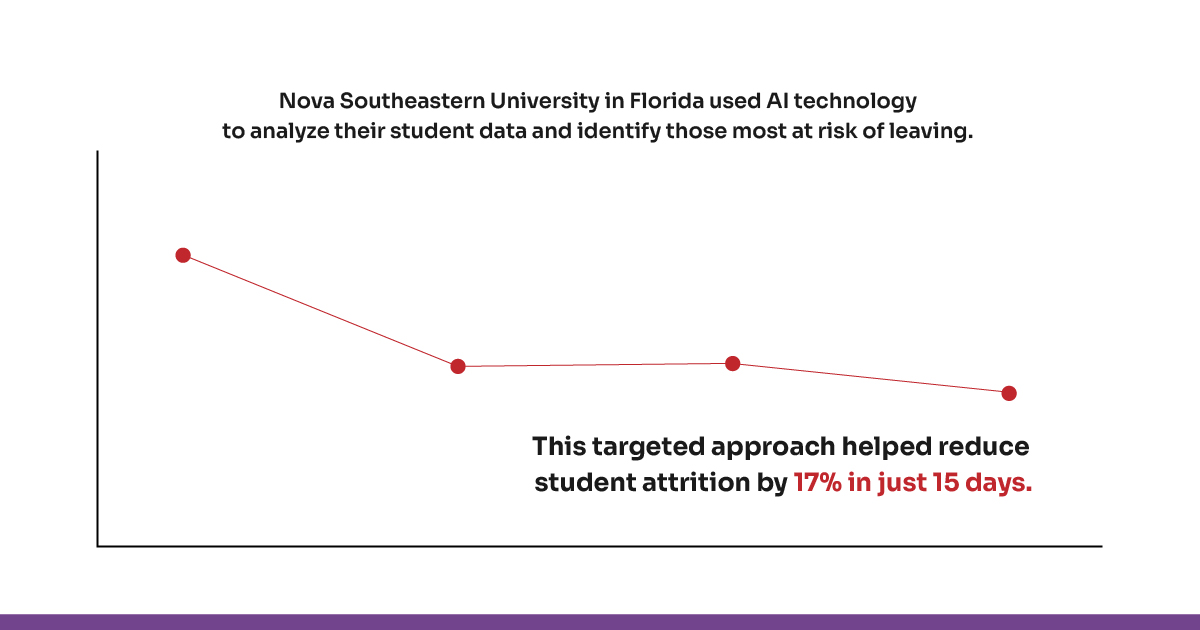
These success stories show how AI-powered student journey mapping can transform the student experience by offering smarter, more personalized support across every stage of the journey.
What is Student Journey Mapping?
Student Journey Mapping is the process of visually outlining the entire experience a student goes through during their time with an educational institution. This journey starts from the very first interaction—such as discovering the school or applying—and continues through enrollment, academics, support services, graduation, and even alumni engagement.
The purpose of student journey mapping is to understand each step and interaction a student has with the institution.
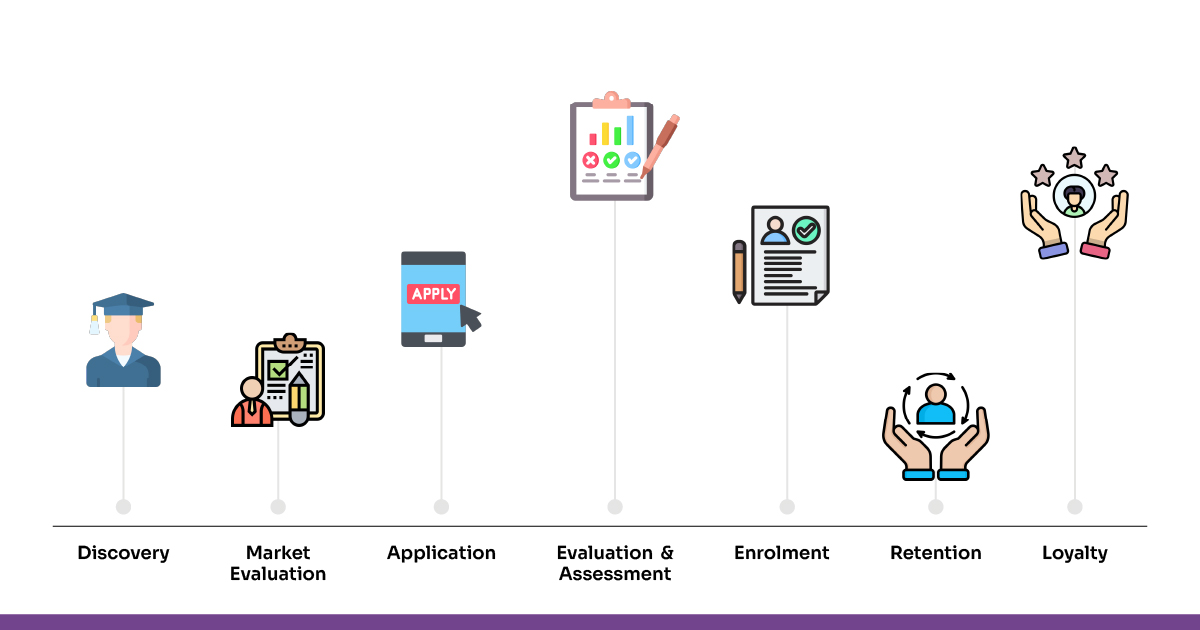
Step-by-Step Guide to Creating an AI-Powered Student Journey Map
Creating a student journey map helps universities understand every step a prospective student takes, so they can improve the admission experience. When powered by AI, this process becomes smarter and more personalized. Here’s how to create one easily:
Step 1: Define Your Student Personas
A student persona is a detailed profile that represents a key segment of your prospective students, including their goals, challenges, and preferences. Identify different types of prospective students (e.g., international students, local undergraduates, working professionals). Use AI-powered data analysis tools to segment students based on demographics, interests, and behaviors.
Step 2: Outline Key Journey Stages
Break down the admission process into stages such as:
- Awareness
- Application
- Enrollment
- Learning
- Support
- Graduation
Step 3: Identify Touchpoints & Channels
List all the ways students interact with your university at each stage — website visits, social media, chatbots, emails, campus tours, webinars, and application portals. Use AI analytics to track these touchpoints and gather data.
Step 4: Collect and Analyze Student Data
Use AI tools to analyze student behavior, preferences, and pain points. For example, chatbots can log common questions, and sentiment analysis can detect student emotions during the process.
Step 5: Map the Journey
Visualize the student journey using the data collected. Highlight areas where students face difficulties or drop off. AI-powered tools can create dynamic maps that update as new data comes in.
Step 6: Personalize Communication and Support
Use AI-driven personalization tools to send targeted emails, chatbot messages, and content that matches each student’s interests and stage in the journey. This helps keep students engaged and supported.
Step 7: Monitor and Optimize
AI can track the real-time performance of your admission process. Regularly review the journey map, identify new challenges, and refine your strategies to improve student experience and increase enrollment rates.
How AI Enhances Student Journey Mapping in University Admissions
Integrating Artificial Intelligence (AI) into student journey mapping transforms how universities attract, engage, and support prospective students.
1. Improves Application Review Efficiency
AI streamlines the application review process by automating the evaluation of transcripts, recommendation letters, and essays. A survey from Intelligent.com revealed that 87% of responding institutions use AI to make final admissions decisions, highlighting its role in enhancing efficiency and consistency in admissions. With EDMO Document Intelligence, universities can take this a step further — automating document verification and data extraction to ensure faster, more accurate reviews.
2. Enhances 24/7 Student Support
AI chatbots offer instant, 24/7 support during the admissions process, answering queries about deadlines, documents, and course options. This reduces student frustration and improves engagement. Georgia State University’s chatbot responded to over 200,000 questions and cut the student-advisor ratio from 800:1 to 300:1. Such AI support boosts efficiency and helps map student needs in real time. Solutions like Edmo Conversation Intelligence speed up responses to under one minute, boosting efficiency and mapping student needs in real-time.
3. Predicts Student Success
AI looks at things like grades and how much students participate to predict who might struggle. Studies show that over 40% of students don’t finish their bachelor’s degree within six years, so it’s important to help them early. For example, the University of Arizona uses data from their online learning system to spot students who might be losing interest. By doing this, they improved their student retention rate by 3.5% in three years by offering support when it was needed most.
4. Reduces Administrative Workload
AI helps automate time-consuming administrative tasks like grading assignments, creating lesson plans, scheduling, and responding to basic student queries. In Australia, schools using AI tools reported saving up to five hours per week per teacher on admin tasks. Reduced workload improves efficiency and speeds up the admission process. Tools like Edmo Document Intelligence can reduce staff manual effort by up to 40%, helping to visualize and streamline backend operations in the student journey map.
5. Personalized Communication
AI helps create tailored emails, messages, and website content that fit each student’s needs and stage in the admission process. This keeps students interested and engaged. Personalized marketing through multiple channels can boost results by up to 200%. It helps universities connect better with students. This leads to stronger relationships and higher enrollment rates.
Student Journey Mapping Template
A student journey map helps institutions visualize the entire student experience by breaking it down into key stages.
| Stage | Student Actions | Institution Actions | Pain Points / Challenges | AI-Driven Solutions |
| Awareness | Research institution, visit website | Marketing, provide virtual tours | Overwhelming info, unclear fit | AI chatbots for personalized FAQs |
| Application | Submit forms, provide documents | Process applications | Confusing process, delays | AI for auto-screening & fraud detection |
| Enrollment | Register, attend orientation | Onboarding, course assignment | Scheduling conflicts | AI scheduling assistants |
| Learning | Attend classes, access resources | Deliver content, monitor progress | Falling behind, lack of support | Predictive analytics for early alerts |
| Support | Seek help, participate in activities | Provide counseling, tutoring | Unawareness of resources | AI-powered recommendation systems |
| Graduation | Complete requirements, apply for jobs | Career services, alumni outreach | Job market uncertainty | AI-based career path analysis |
Best Practices for Student Journey Mapping
1. Set Clear Goals & Use Real Data
Start by defining specific objectives like improving retention or enrollment. Use actual student data from surveys, applications, and learning platforms to ensure your map reflects real experiences and challenges.
2. Include Diverse Perspectives
Gather input from students, faculty, admissions, and support staff. This broad involvement helps capture different viewpoints and uncovers hidden pain points along the student journey.
3. Map All Stages & Touchpoints
Create a comprehensive map covering every phase—awareness, application, enrollment, learning, support, graduation, and alumni. Identify key interactions and where students face obstacles to target improvements effectively.
4. Use AI & Technology
Use AI tools to automate data collection, analyze student behaviors, predict risks, and personalize support. This makes the journey map dynamic and actionable, enabling proactive interventions.
5. Keep It Actionable
Translate insights into clear strategies and measurable actions. Regularly update your map with new data and feedback to adapt to changing student needs and continuously improve their experience.
Conclusion
Effective student journey mapping is key to understanding and enhancing every touchpoint in the student lifecycle. By creating a detailed student experience journey map, universities can identify challenges, personalize support, and improve overall outcomes. Using AI and best practices ensures your journey map remains dynamic, actionable, and truly centered on student success.
Also read: Do Chatbots Work in Higher Ed?
Why Higher Ed Needs to Rethink the Admissions Funnel
Enhancing Funnel Conversion for a High School Equivalency Diploma Certification Body with EDMO
5 Key Trends in Enrollment That EVERY University Executive Should Know

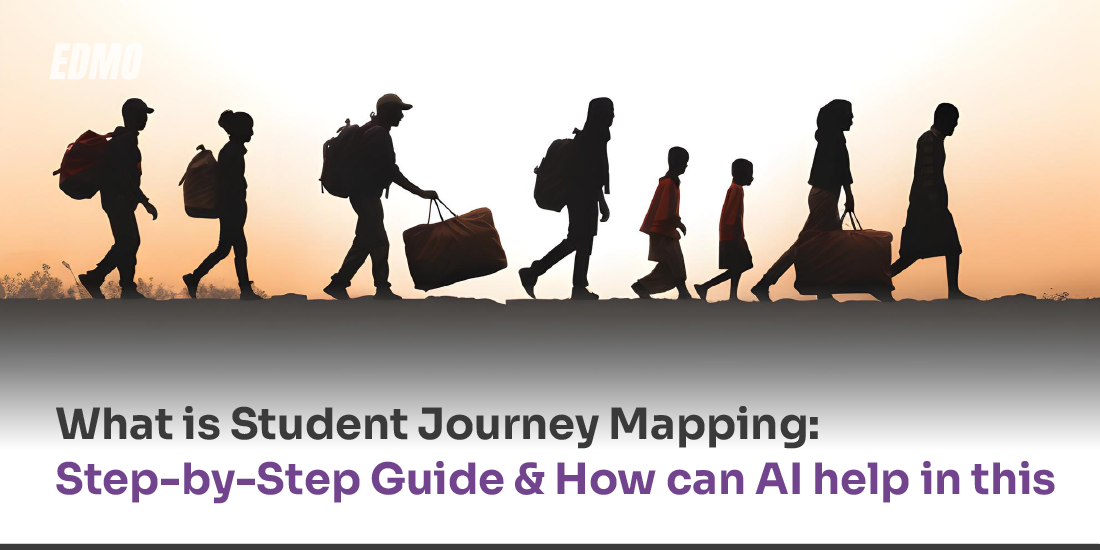
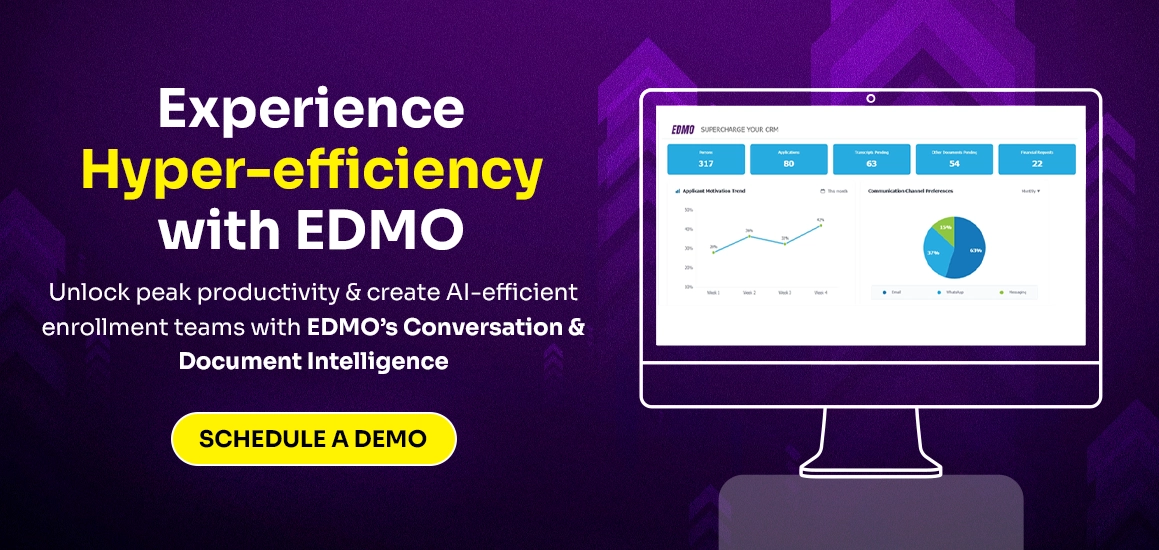


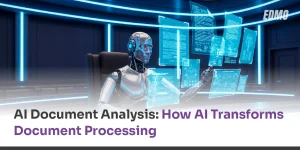

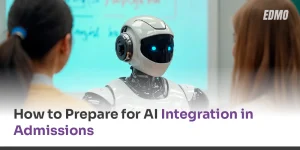
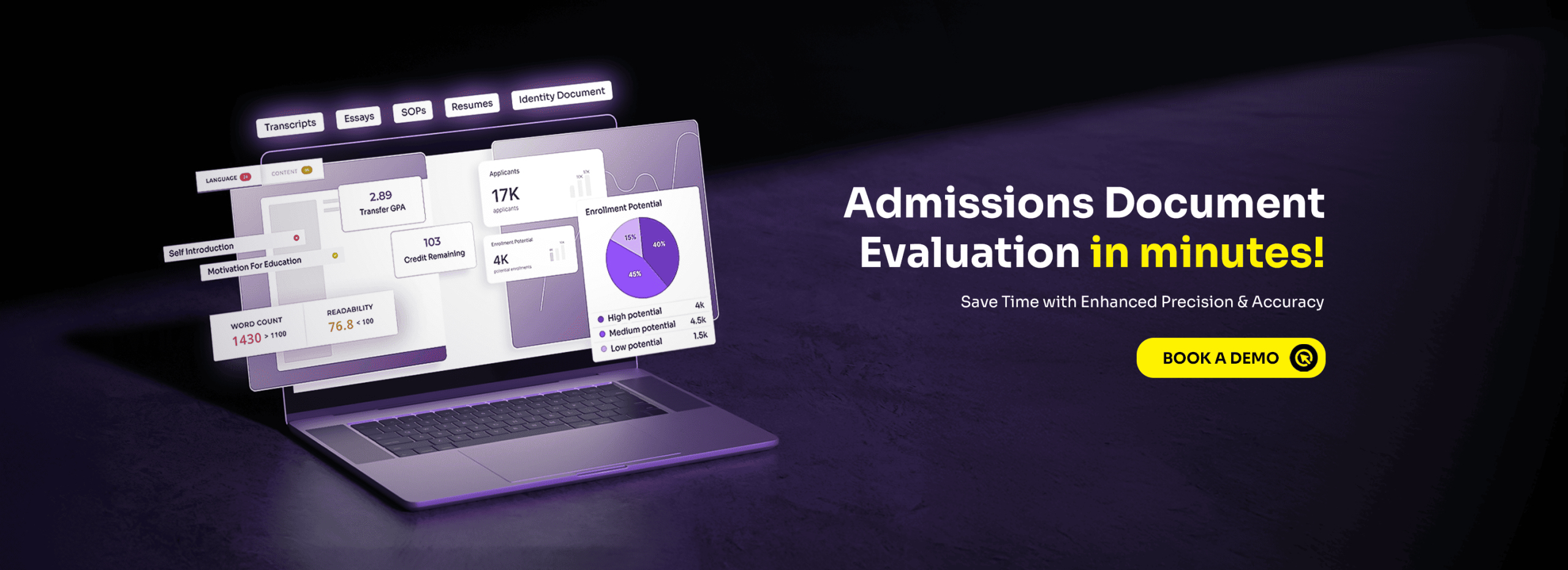

No comments yet. Be the first to comment!
Leave a Comment